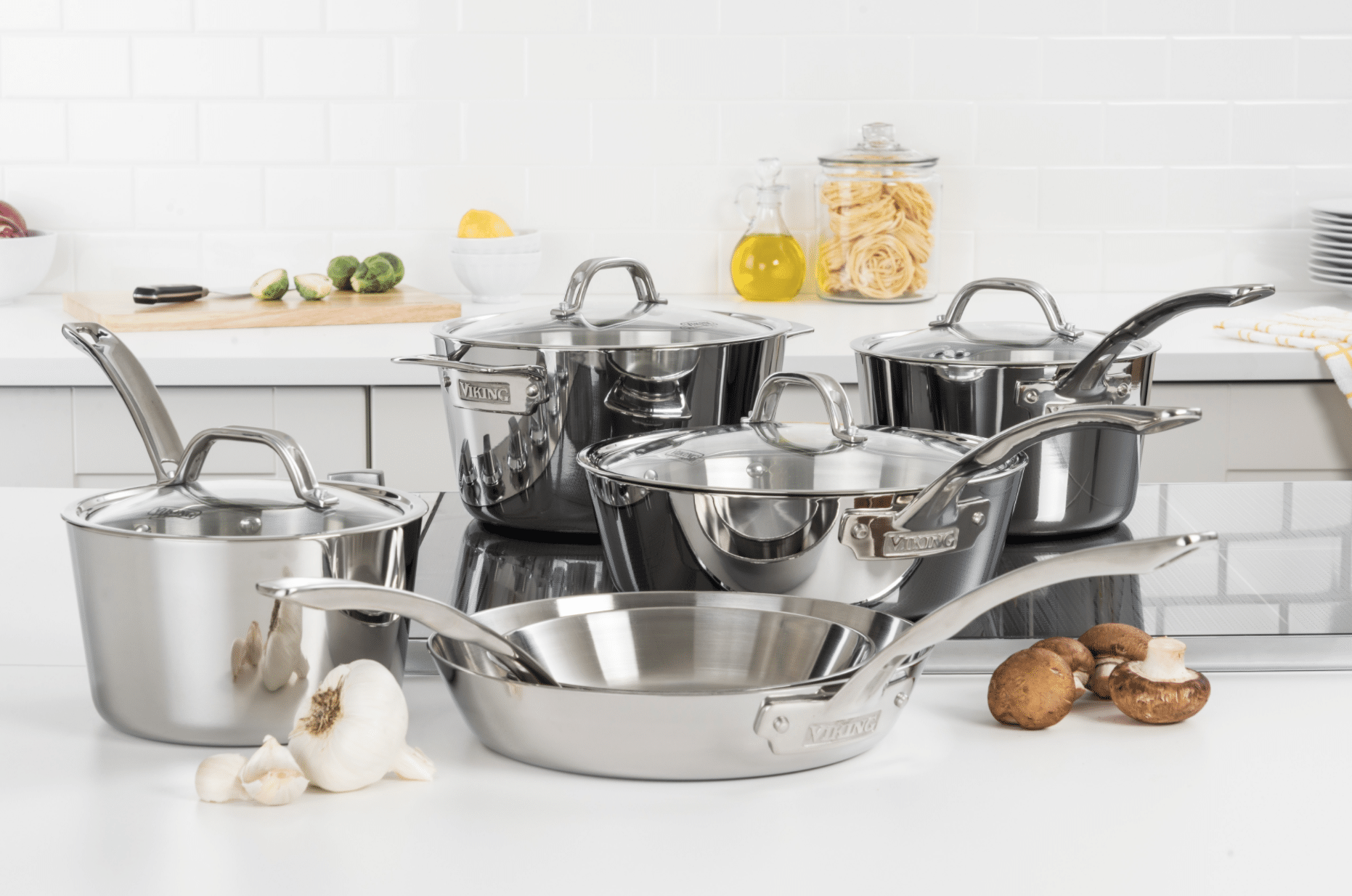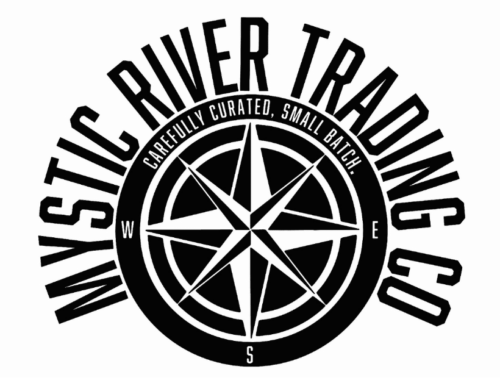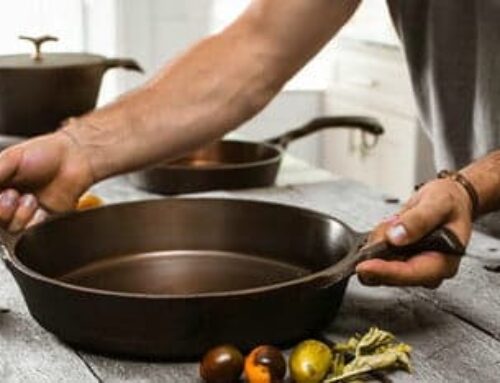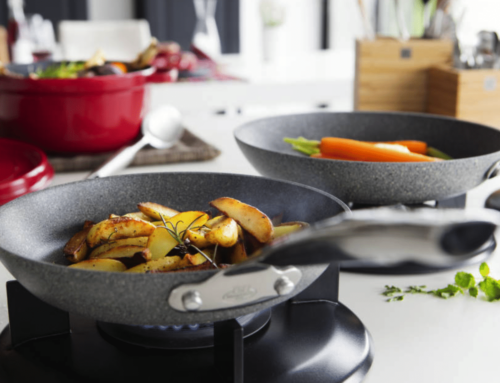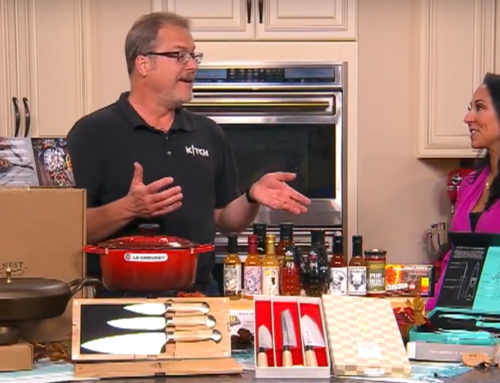Everything You Need To Know About Stainless Steel Pans
Written By Dan Price
So, the cooler weather is here – and its time to COOK!! This is my favorite time of the year in New England – except for the getting dark early part..lol. At Kitch, we have some great new cookware lines in – 5 ply American made Viking stainless steel cookware, Belgian made Demeyer 5 ply stainless steel cookware, great ceramic non stick fry pans by Zwilling – 3 ply stainless steel – made in Vietnam, French made Staub cast iron Dutch Ovens and soon we will have South Carolina made Smithey Cast Iron and Carbon steel pans! We try our best to avoid products made in China if at all possible.
I have people ask me all the time – whats the difference between 3 ply and 5 ply, or even 7 ply. It’s really pretty simple. The manufacturers know that aluminum is a much better conductor of heat than stainless. It heats faster and more evenly, but its also much less durable, and softer than stainless. So they take some very good stainless on the inside of the pot ( you should always look for 18-10 guage), then add a layer of aluminum, then wrap the whole thing in another layer of high quality stainless – essentially an aluminum sandwich. This spreads the heat more evenly throughout the bottom and sides of the pot. 5ply, and 7 ply add alternating layers of different metals, not just aluminum. Mostly they will use some form of carbon steel (which heats like cast iron) sometimes copper, or other metals alternating with layers of aluminum. These combine to strengthen the pot, heat more evenly, and retain heat better. I have a 7 ply Viking saute pan that is huge – way bigger than any of my burners, and it heats incredibly evenly. So are more ply’s better? The simple answer is yes, but there is some top of the line 3 ply cookware out there. Al Clad, a name I’m sure you are familiar with, is one of the best quality pan lines available, and it’s 3 ply. (sadly, they no longer sell to independent retailers like me, only big box stores now – so we no longer carry what used to be our best-selling cookware line. But that’s a story for another blog…) We even have some pans from Hestan, that nano infuse the stainless steel with titanium, combining them on a molecular level that creates an incredibly hard surface, that is VERY close to being non stick – without a special coating.
One other benefit to using stainless is that it is magnetic and will work on an induction stovetop – aluminum and cast aluminum will not.
Another question I get all the time is “why does stainless cookware stick so badly??” There are a couple of reasons for that – one is time. If your cookware is old and scratched up from normal wear and tear on the inside, food will get into the spaces, and stick. There isn’t a lot you can do about that. The main reason is that most people tend to cook at too high of a temperature, and don’t wait long enough to turn the food. When the food you are cooking has properly caramelized or seared ( not burnt) it will release on its own. If you have to peel a piece of fish off the bottom of the pan, you are trying to turn it too soon, and it will stick. If it’s burning before it releases, you are cooking too hot. With a little practice, you will find that with the proper oil or butter, the right heat and a little patience, very little will actually stick to a good stainless pan.
So there it is – a little primer on steel pans. Stay tuned for more posts on non-stick cookware, and cast iron/carbon steel cookware!

